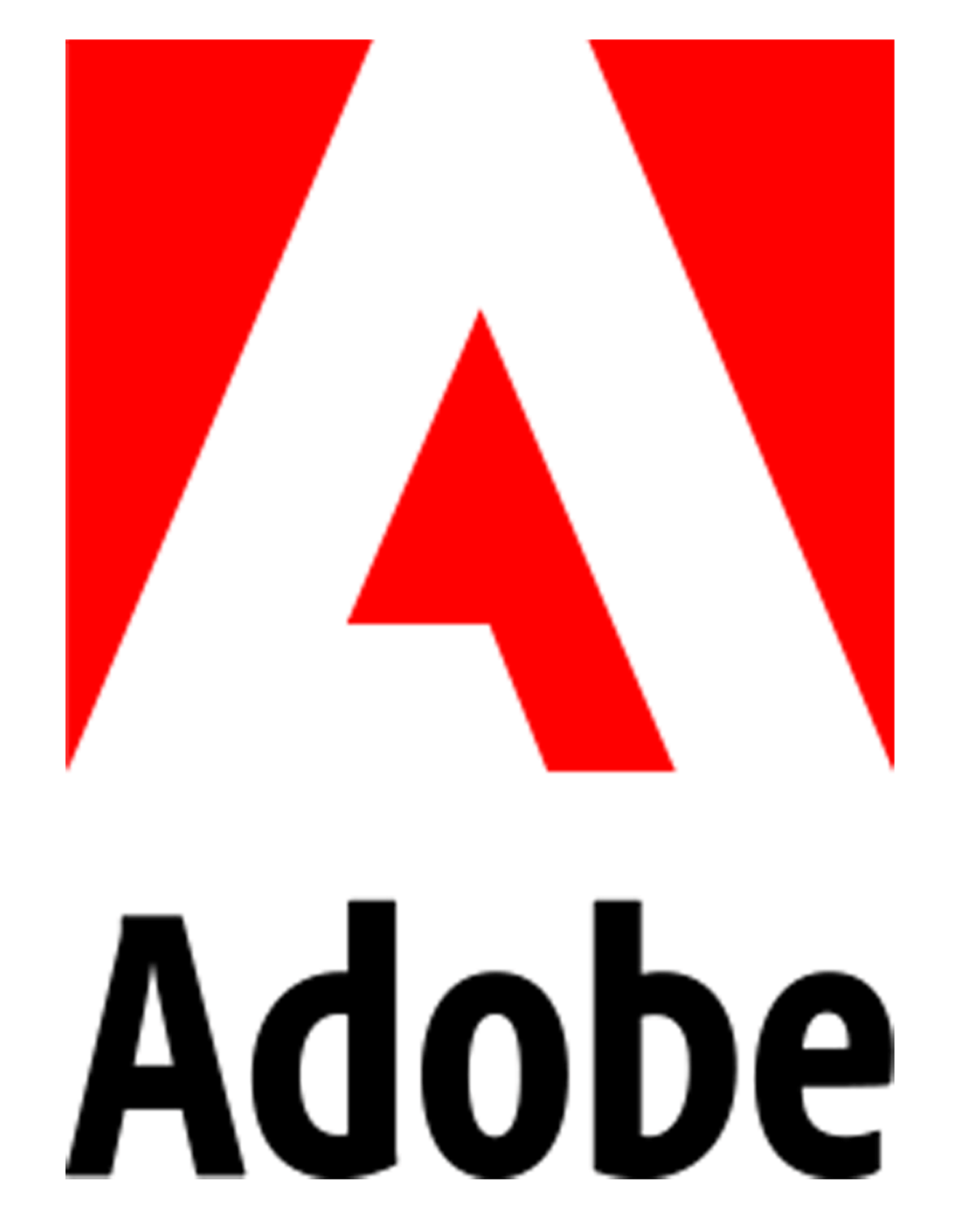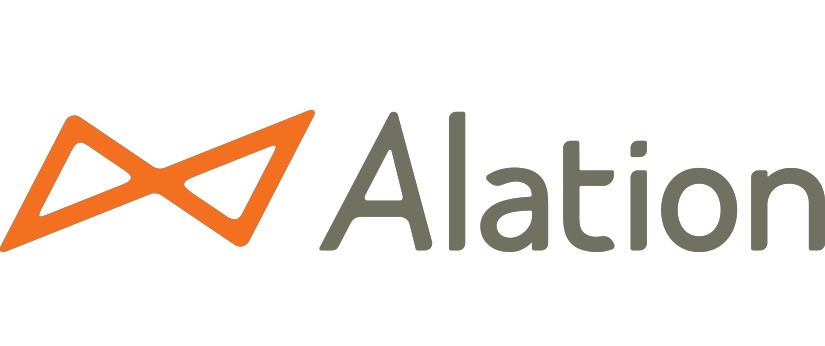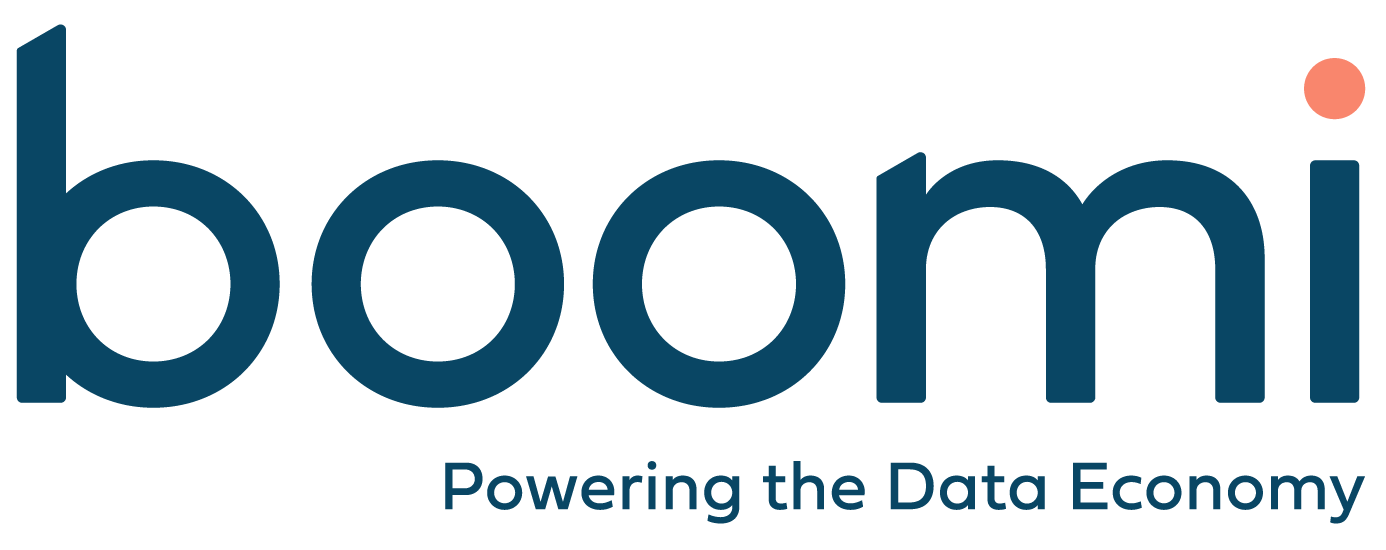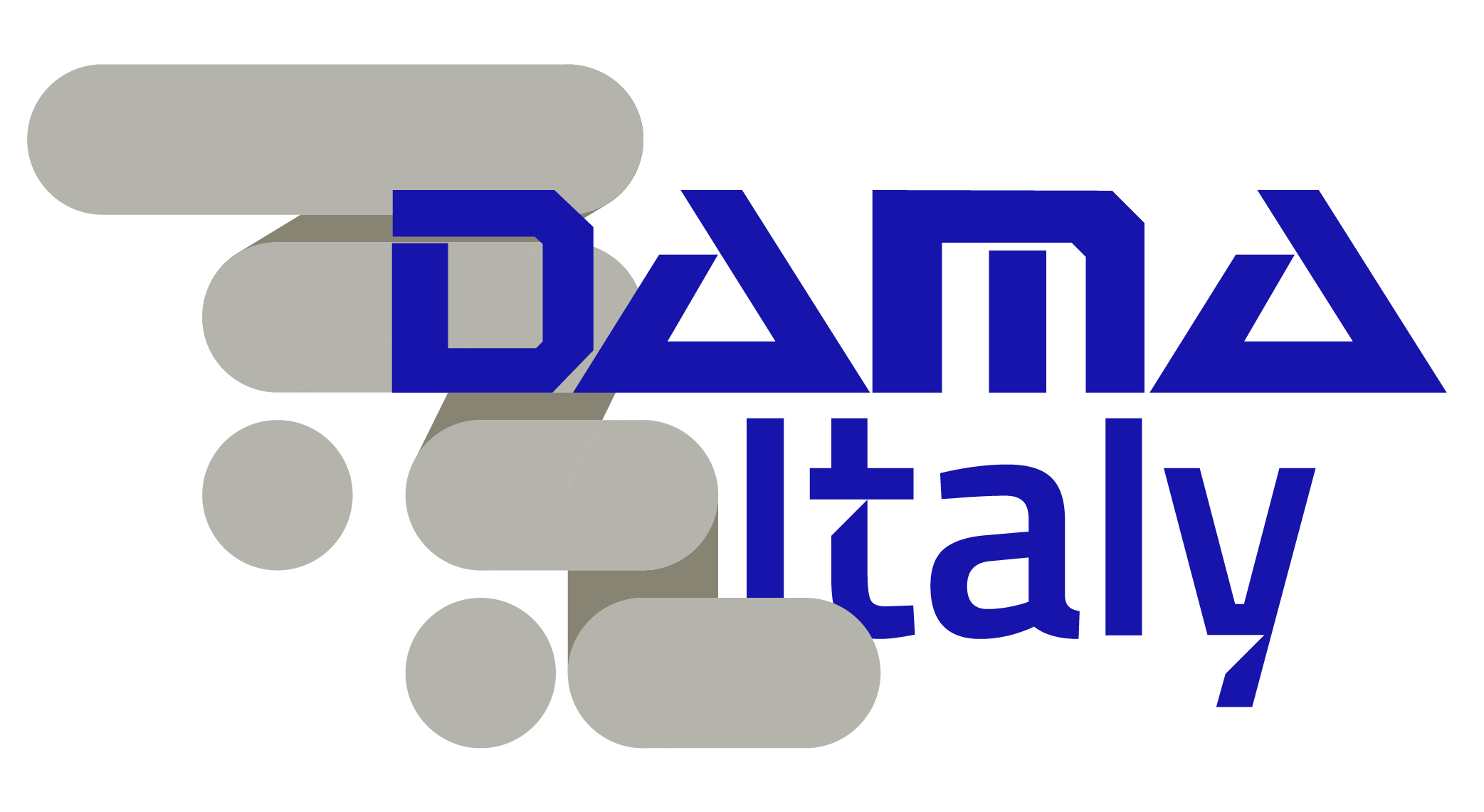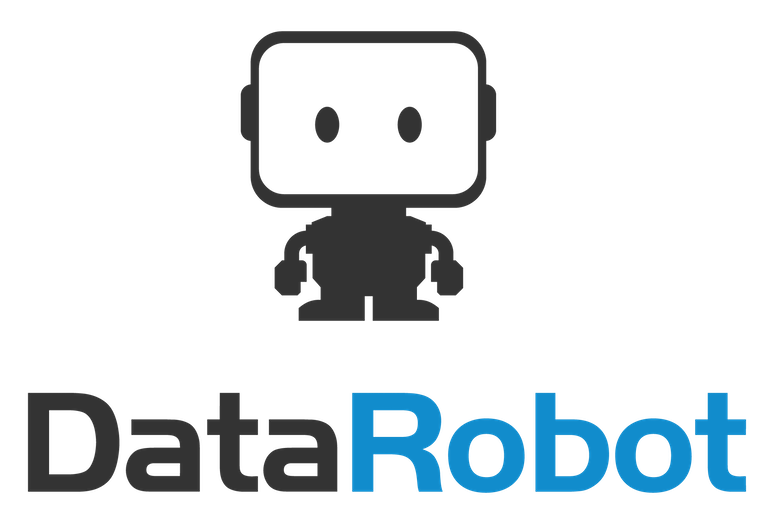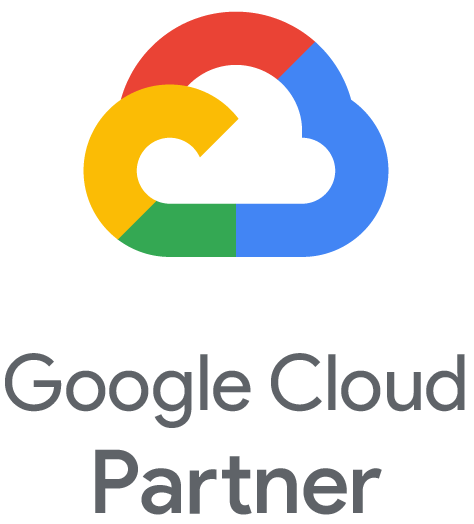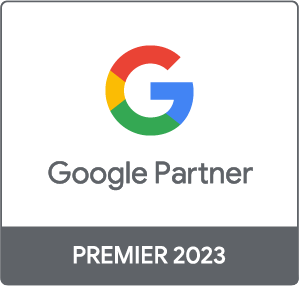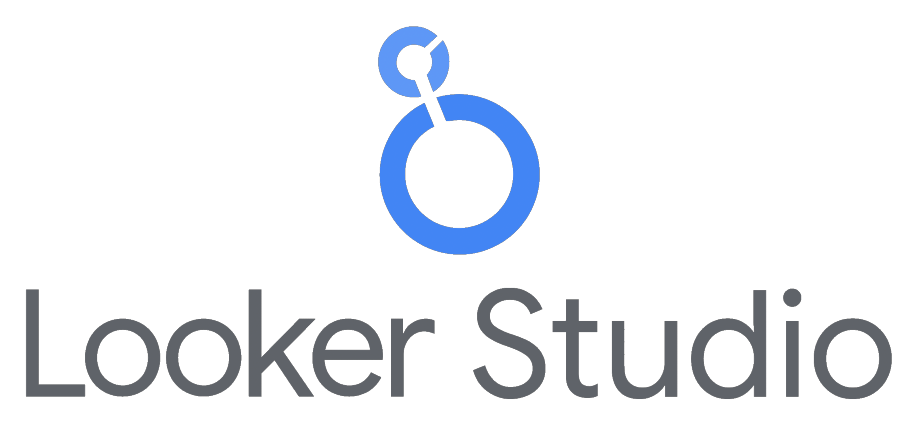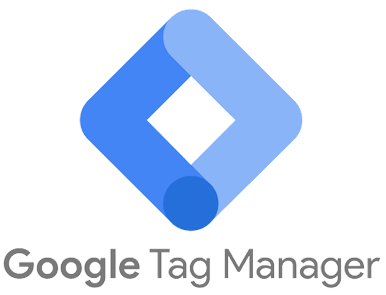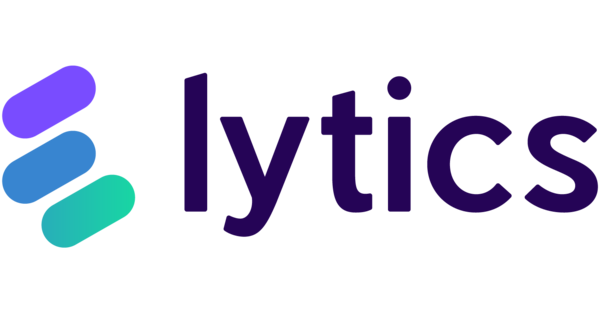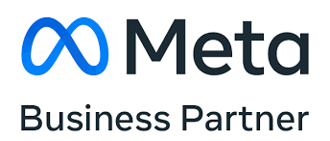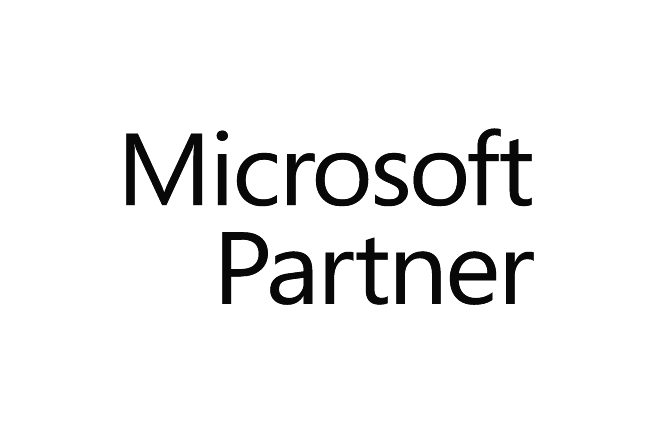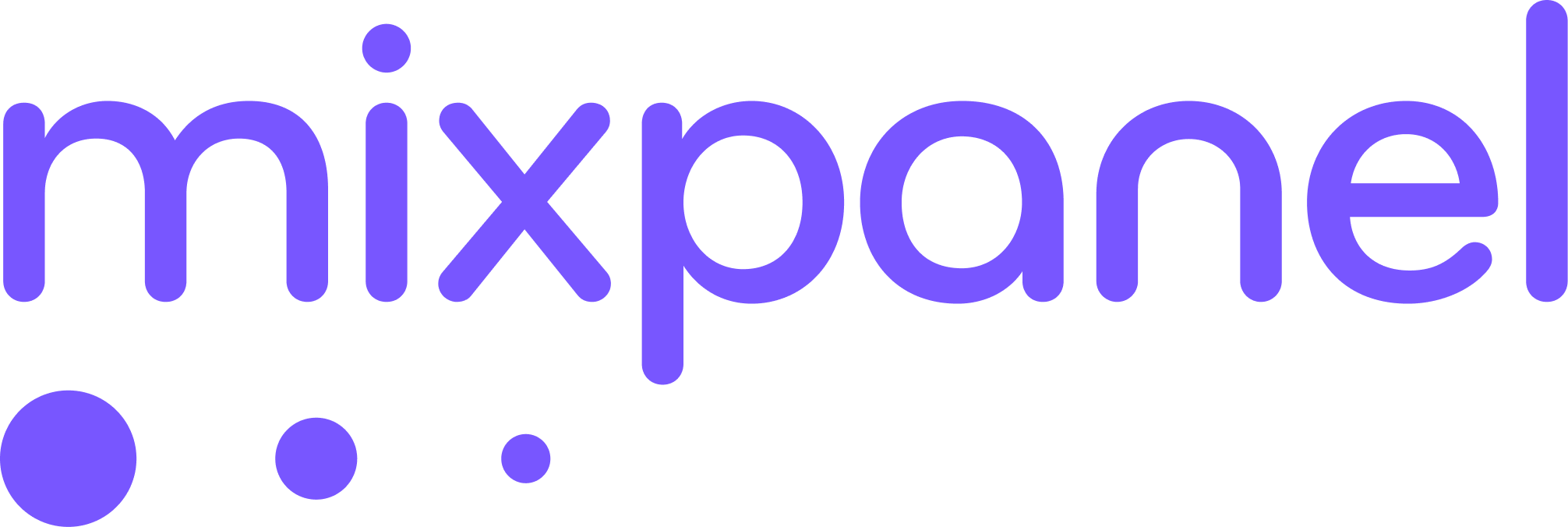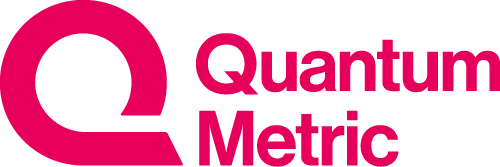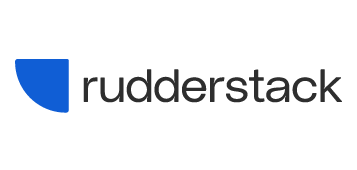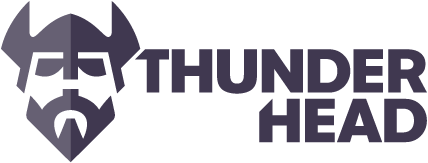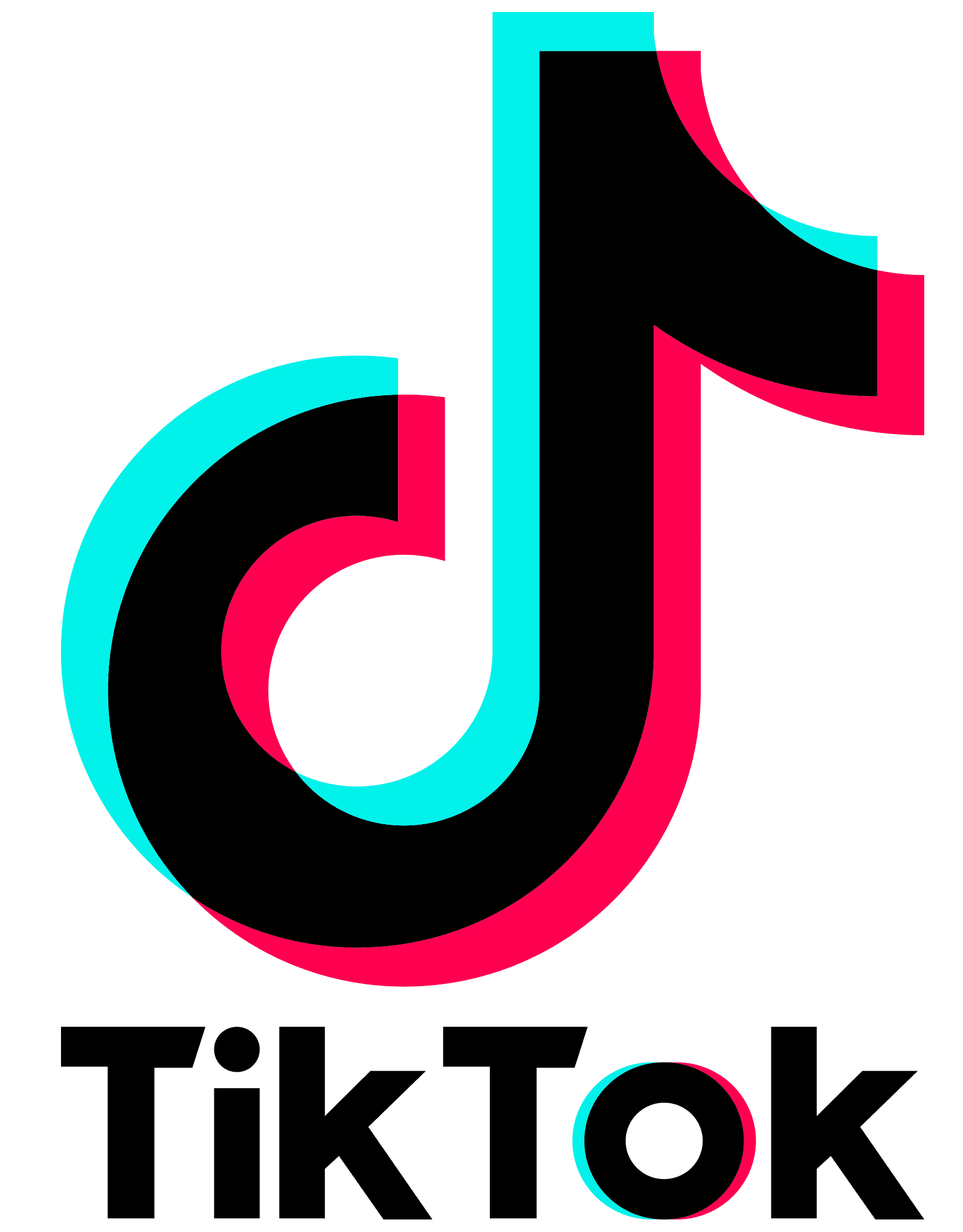Several months ago, it was announced that Google Optimize will no longer be available after 30 September 2023. Companies around the world are working to identify an alternative, as many were relying on Google’s tool for their Conversion Rate Optimization (CRO) activities.
The key to a data-driven user experience
Google Optimize has so far enabled companies of all sizes to manage the user experience on their websites in a data-driven manner, by testing their hypotheses directly on user actions. Thanks in part to the presence of the free version, Google Optimize has allowed them to experiment and initiate paths that have since led to more mature and established practices.
Google Optimize, in fact, enabled many of the activities that fall under the so-called CRO:
- A/B Testing: activate different experience options on the site that point to the same goal and show them to homogeneous user groups, thus verifying and implementing the most effective option.
- Optimization: implement the most effective option highlighted by the tests, thus optimizing the user experience, minimizing friction and uncertainty, and easing the users’ path to the desired goals.
- Personalization: create groups of users who share common characteristics and offer each audience a dedicated experience, so that each can receive the most interesting content, or the most appropriate next-best action suggestion by building personalized navigation paths.
Why is Google Optimize shutting down? The official press release states that it is shutting down because, “Optimize, while a long-standing product, does not have many of the features and services that our customers require and need for testing trials. We have therefore decided to invest in more effective solutions for our customers.”




